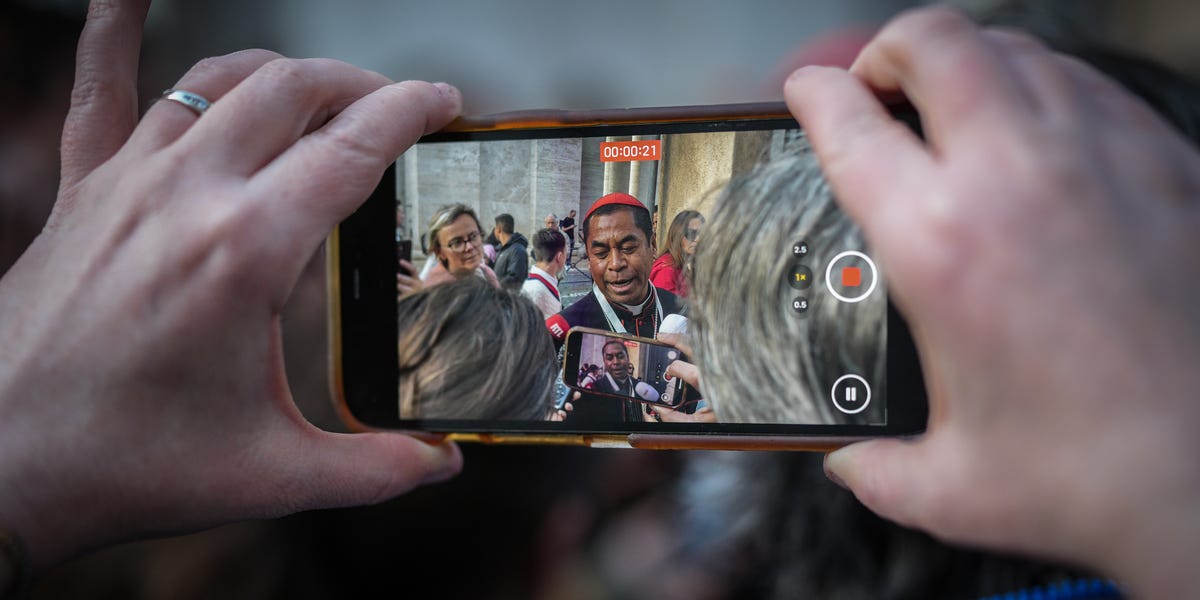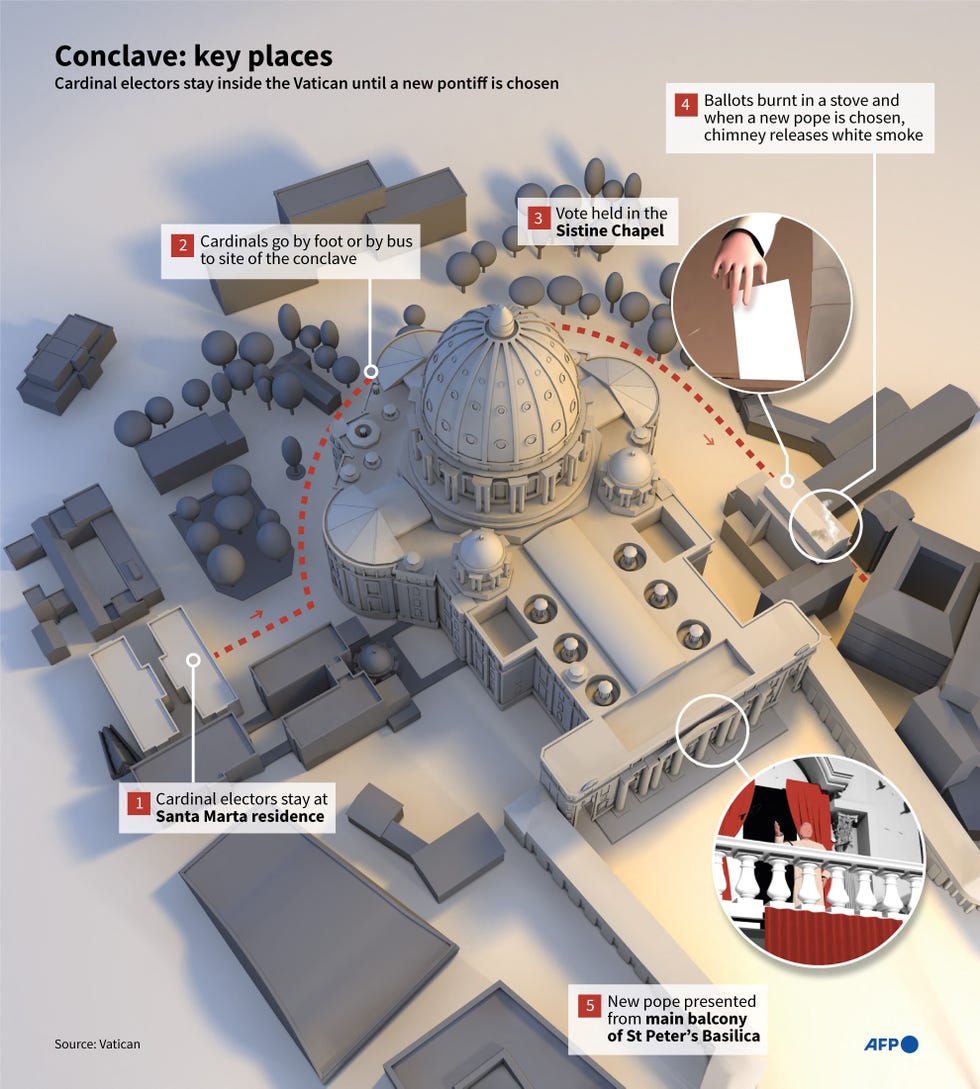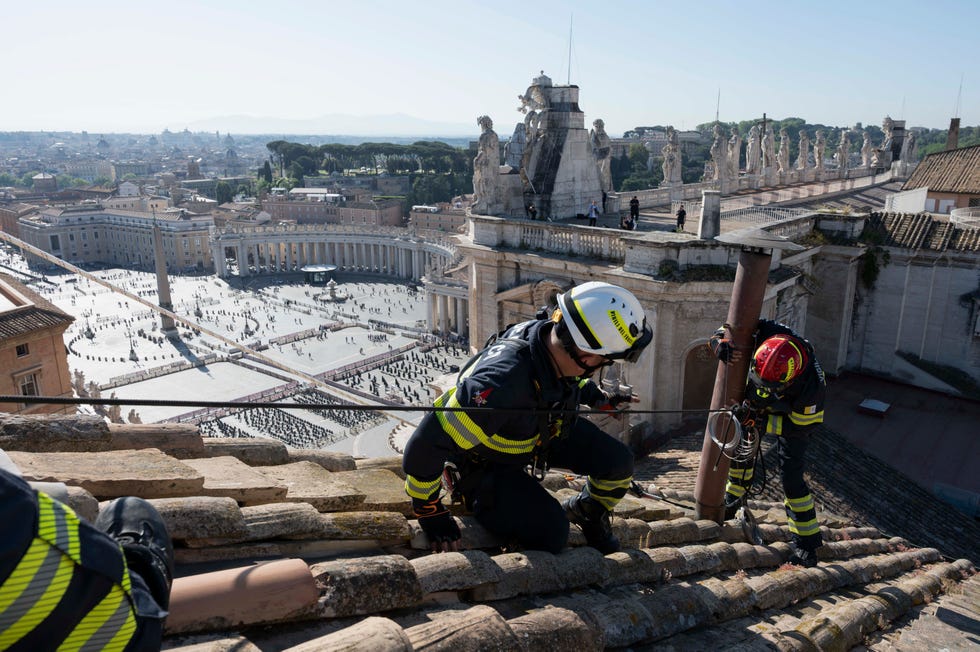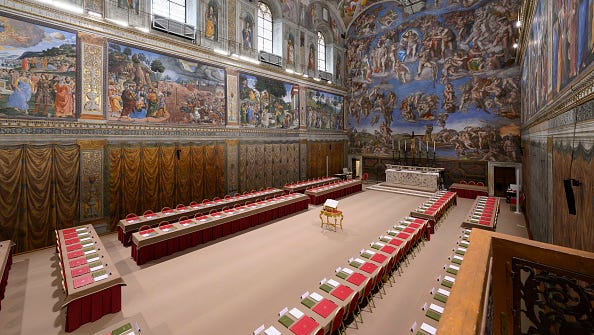When the College of Cardinals gather for conclave to elect a new pope starting on May 7, millions around the world will watch for one sign: the smoke rising from the Sistine Chapel chimney. But with the possibility of multiple votes each day, several smoke signals appear daily. For those balancing families, work, or different time zones, watching nonstop for days is rarely possible. Livestreams and broadcasts help by allowing viewers to follow events throughout the day.
But in the digital age, there are more resources than ever to follow along in the search for the next pontiff.
Vatican Livestreams
The Vatican will provide an official livestream on YouTube with continuous video from St. Peter’s Square. Radio Vaticana, the official radio station of Vatican City, will also be providing live updates.
A number of news outlets are also setting up their own continuous livestreams, including USA Today, which will run coverage from 6 a.m. to 9 p.m. ET.
Coverage on Major Networks
Some networks run full-day coverage; others will provide updates only when the news of a new pope breaks. International news networks like CNN and Sky News often break into live coverage when any smoke—black or white—appears. During the last conclave in 2013, CNN kept a live image of the chimney in a picture-in-picture box in the lower corner of the screen. ABC News and CBS News are also planning to have extended coverage when smoke emerges from the chimney.
Best Times to Tune In
There is no limit to how long conclave can last, but there is a limit on voting. Only one voting session is permitted on the first day. After that, voting sessions occur twice in the morning and twice in the afternoon until a two-thirds majority has been reached for a candidate. If a decision has not been reached after three days, the cardinals are given a break for a day of prayer.
For reference, the conclave in 2013 that elected Pope Francis lasted just over 24 hours. In 2005, the election of Pope Benedict XVI took two days. The longest conclave took place in 1268—a grand total of 1,006 days before the cardinals finally settled on Pope Gregory X.
The most likely times for smoke are late morning and late afternoon in Europe. Viewers who want to set an alarm should check local conversions for Vatican City, which is on Central European Time.
Setting Alerts for Key Moments
For those who cannot watch all day, setting up alerts can help. Consider setting up notifications on Apple News or Google News, or turning on notifications for mobile apps from organizations like the New York Times, the Associated Press, or the BBC. These alerts can ensure you receive immediate updates when smoke appears, so you won’t miss anything.
Related Stories



